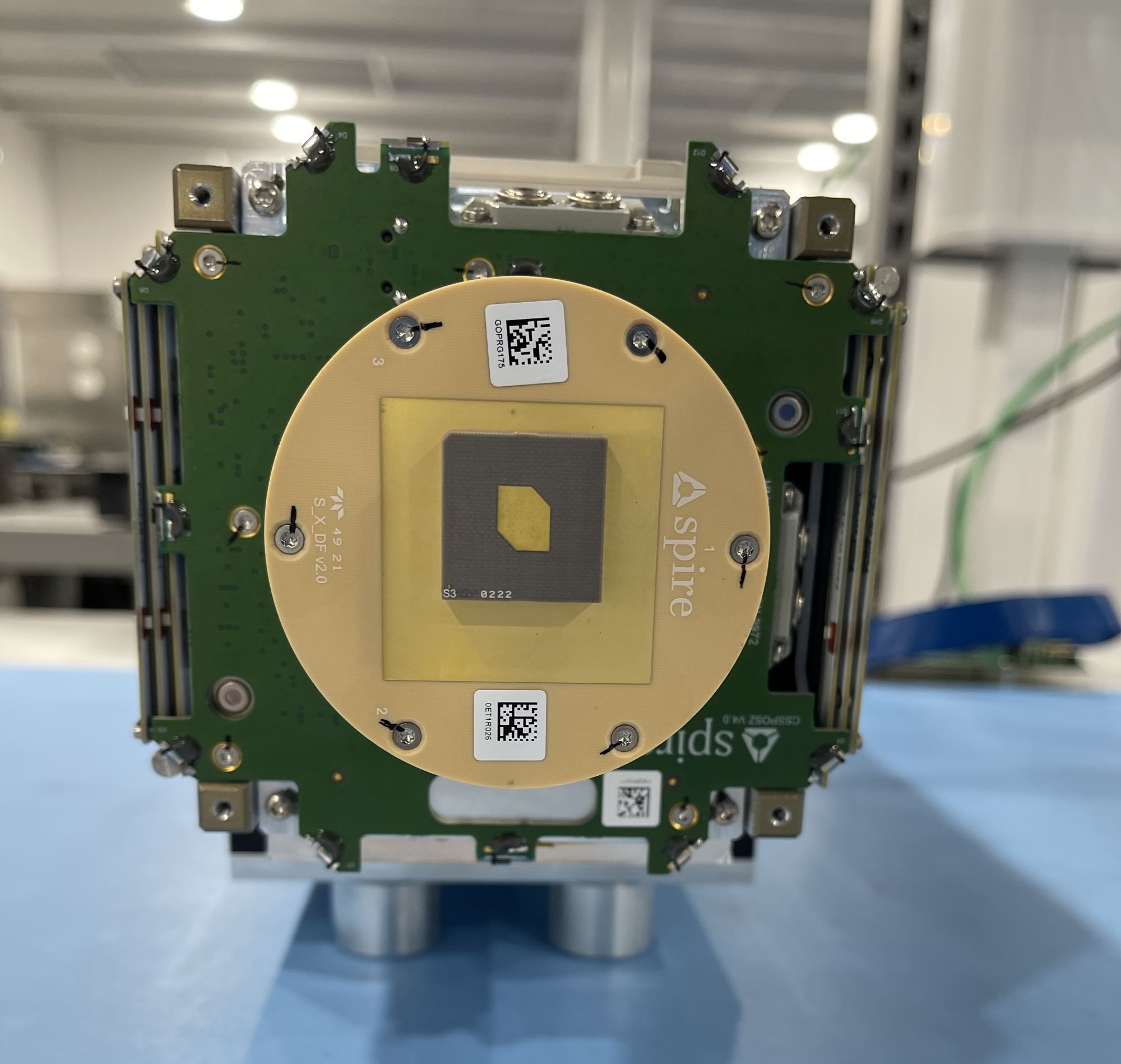The global company Spire, which specialises in using continuous global monitoring to track aircraft, ships and weather patterns using a large constellation of CubeSats, is now an ESA Third Party Mission.
As Earth’s population continues to grow, acquiring high quality data to help to predict the movement of the world’s resources is a priority. A specialist in this field, providing radio frequency datasets in near real-time, Spire Global recently announced that it has officially joined ESA’s prestigious Earthnet Third Party Mission (TPM) programme. The data portfolio that Spire provides will include GNSS-RO polarimetric data (PRO) from the ESA InCubed co-funded PROGRES activity.
Read the full article on www.earth.esa.int.
Image courtesy of Spire



